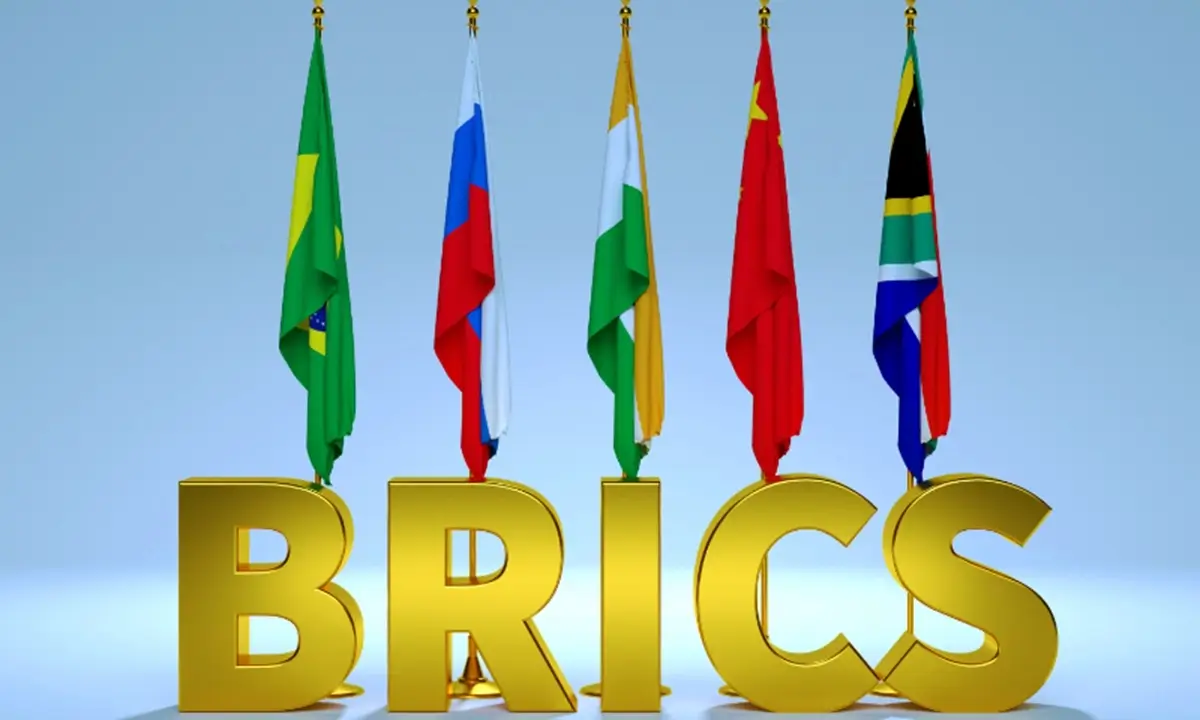BRICS: Goldman Sachs Expert Predicts the Future of the Alliance’s Currency
25.10.2024 21:30 2 min. read Kosta Gushterov
Former Goldman Sachs chief economist Jim O'Neill, commenting on the potential of a common BRICS currency.The 16th BRICS summit, held in Kazan, Russia, concluded on Thursday and was marked by several important discussions and announcements.
One of the highlights included the unveiling of a prototype BRICS currency, highlighting the group’s interest in reducing dependence on the US dollar in trade by developing a common currency. This step sparked interest in how various sectors in the US might be affected if the BRICS were to abandon the dollar.
Despite this step, O’Neill remains cautious about the future of the currency, questioning whether the alliance can effectively pursue its goals without the support of the US and Europe. He stressed that just as Western powers have limited influence in Asia without the cooperation of countries such as China and India, BRICS members face constraints without unified support.
O’Neill expressed doubt about the sustainability of the BRICS currency, citing domestic challenges. Although member countries present a united front at such meetings, national interests often take precedence, especially on borders and economic policies. For example, long-standing border tensions between China and India represent a potential obstacle to broader cooperation.
Reflecting on the impact of BRICS, O’Neill noted that the alliance has made limited progress over the past 15 years. He said that if China and India could put aside historical conflicts and work together on important issues, he would reassess the role of BRICS in the global arena. However, he concluded that achieving global dominance with a single currency remained unlikely due to internal disagreements within the bloc.
-
1
U.S. PCE Inflation Rises for First Time Since February, Fed Rate Cut Likely Delayed
27.06.2025 18:00 1 min. read -
2
Key U.S. Economic Events to Watch Next Week
06.07.2025 19:00 2 min. read -
3
Gold Beats U.S. Stock Market Over 25 Years, Even With Dividends Included
13.07.2025 15:00 1 min. read -
4
U.S. Announces Sweeping New Tariffs on 30+ Countries
12.07.2025 16:30 2 min. read -
5
US Inflation Heats Up in June, Fueling Uncertainty Around Fed Cuts
15.07.2025 16:15 2 min. read
US Inflation Heats Up in June, Fueling Uncertainty Around Fed Cuts
U.S. inflation accelerated in June, dealing a potential setback to expectations of imminent Federal Reserve rate cuts.
Gold Beats U.S. Stock Market Over 25 Years, Even With Dividends Included
In a surprising long-term performance shift, gold has officially outpaced the U.S. stock market over the past 25 years—dividends included.
U.S. Announces Sweeping New Tariffs on 30+ Countries
The United States has rolled out a broad set of new import tariffs this week, targeting over 30 countries and economic blocs in a sharp escalation of its trade protection measures, according to list from WatcherGuru.
Key U.S. Economic Events to Watch Next Week
After a week of record-setting gains in U.S. markets, investors are shifting focus to a quieter yet crucial stretch of macroeconomic developments.
-
1
U.S. PCE Inflation Rises for First Time Since February, Fed Rate Cut Likely Delayed
27.06.2025 18:00 1 min. read -
2
Key U.S. Economic Events to Watch Next Week
06.07.2025 19:00 2 min. read -
3
Gold Beats U.S. Stock Market Over 25 Years, Even With Dividends Included
13.07.2025 15:00 1 min. read -
4
U.S. Announces Sweeping New Tariffs on 30+ Countries
12.07.2025 16:30 2 min. read -
5
US Inflation Heats Up in June, Fueling Uncertainty Around Fed Cuts
15.07.2025 16:15 2 min. read


